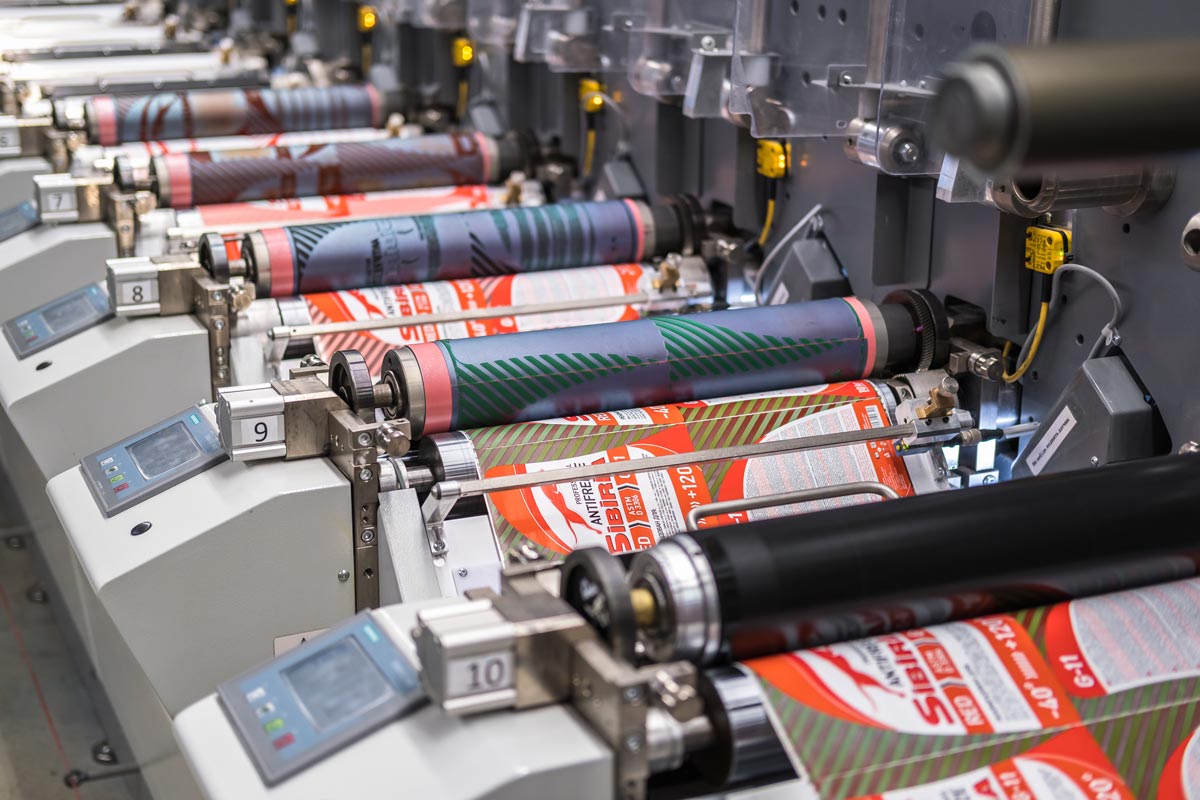In the ever-evolving world of printing, workflow automation in flexo has become a game-changer. For marketing professionals and printing experts alike, understanding how to streamline processes is crucial. As technology advances, the demand for efficient and productive solutions in flexographic printing grows. This article delves into how workflow automation is reshaping the landscape of flexo printing.

The Basics of Flexographic Printing
Flexographic printing, often called flexo, is a versatile printing method used for packaging and labels. Its ability to print on a variety of substrates makes it popular in industries that range from food packaging to luxury goods. To learn more about the basics of flexographic printing, you can visit this detailed guide.
What is Workflow Automation?
Workflow automation involves using technology to streamline and automate processes. In flexo printing, this means using software and digital tools to manage tasks that were traditionally manual, thus increasing efficiency and reducing errors. This transformation is vital for staying competitive in the fast-paced printing industry.
Benefits of Workflow Automation in Flexo
Implementing workflow automation in flexo printing offers numerous benefits. These include improved accuracy, reduced waste, faster production times, and enhanced resource management. By automating routine tasks, businesses can focus on innovation and quality.
Key Components of Automation
The key components of workflow automation include digital prepress, automated plate mounting, and real-time data analytics. These elements work together to ensure seamless operations and high-quality outputs.
The Role of Technology in Workflow Automation
Technology plays a pivotal role in automating workflows in flexo printing. From sophisticated software solutions to advanced printing machinery, technology enables precision and reliability. Companies are increasingly investing in technology to stay ahead of the competition.
Software Solutions
Various software platforms are available that cater to the specific needs of flexo printing. These platforms help in managing jobs, tracking orders, and ensuring quality control. For a deeper understanding of how technology impacts printing, explore this resource.
Hardware Advancements
Modern flexo presses are equipped with features like automatic ink adjustments and error detection systems. These advancements minimize downtime and enhance the overall efficiency of the printing process.
Challenges in Implementing Automation
While the benefits are substantial, implementing workflow automation in flexo is not without challenges. Companies may face hurdles such as high initial costs, integration issues, and the need for employee training.
Cost Considerations
The upfront investment for automation technology can be significant. However, the long-term savings and increased productivity often justify the initial expenditure.
Training and Skill Development
Employees need to be trained to work with new technologies. Ongoing skill development is essential to maximize the potential of workflow automation.
Case Studies: Successful Automation in Flexo
Several companies have successfully implemented workflow automation in their flexo printing processes. These case studies provide valuable insights into best practices and strategies for overcoming challenges.
Flexo Press Downtime Reduction
One notable example is how automation has significantly reduced flexo press downtime, leading to increased production efficiency.
Ink Drying Systems
Integrating advanced ink drying systems has also played a crucial role in enhancing workflow efficiency.
The Future of Workflow Automation in Flexo
The future of workflow automation in flexo is promising. As technology continues to evolve, automation will become even more integral to the printing process. This will lead to even greater efficiency, sustainability, and innovation in the industry.
Sustainability and ESG Compliance
Automation contributes to sustainability by reducing waste and optimizing resources. Companies are increasingly focusing on ESG compliance to meet environmental and social governance standards.
Luxury Packaging Industry
The luxury packaging industry is also benefiting from automation in flexo printing, as it allows for high-quality and intricate designs. This is particularly evident in the flexo in luxury packaging sector.
Conclusion
In conclusion, workflow automation in flexo is revolutionizing the printing industry. By embracing technological advancements, companies can achieve unparalleled efficiency and quality in their operations. The journey towards automation, while challenging, is a worthwhile investment for future success.

FAQ Section
What are the main benefits of workflow automation in flexo?
The main benefits include increased efficiency, reduced errors, faster production times, and improved resource management.
What challenges might companies face when implementing automation?
Challenges include high initial costs, integration issues, and the need for employee training.
How does automation impact sustainability in printing?
Automation reduces waste and optimizes resources, contributing to sustainability and helping companies meet ESG compliance standards.






